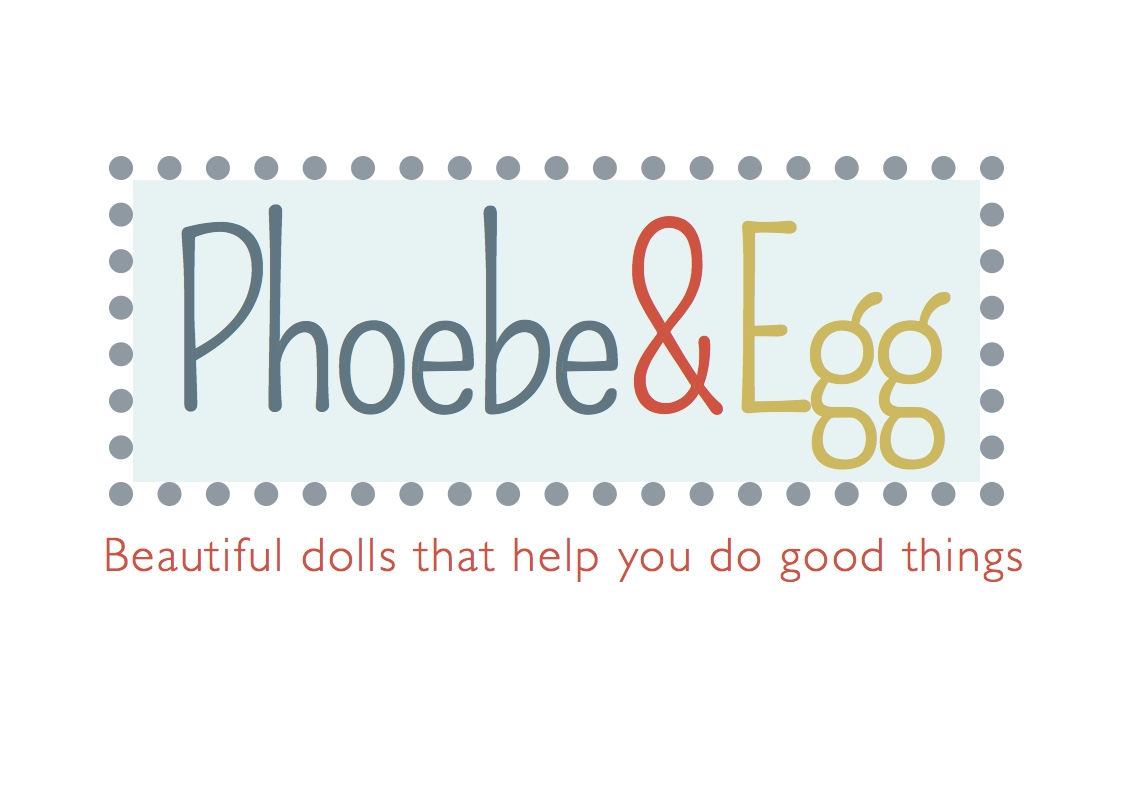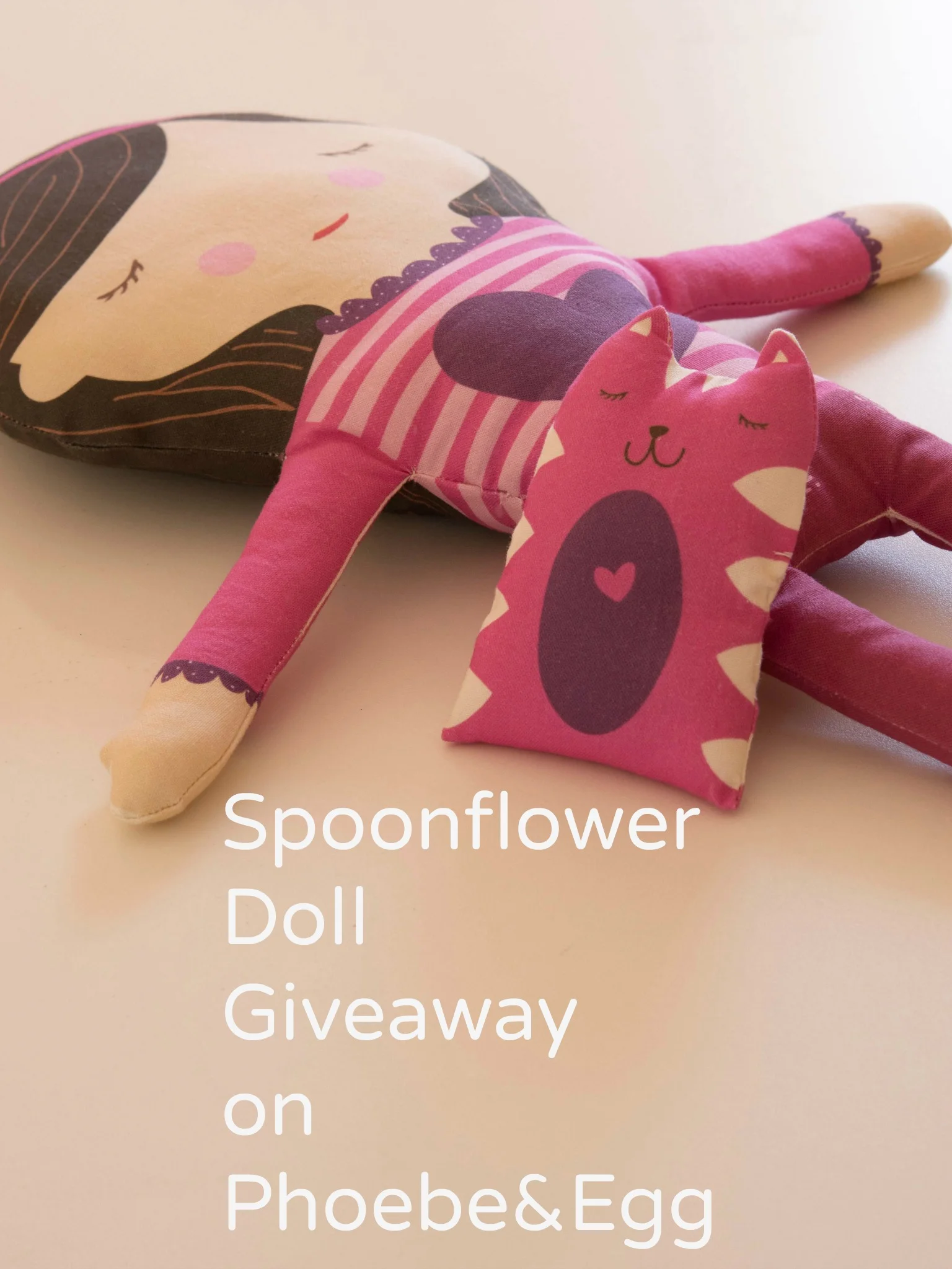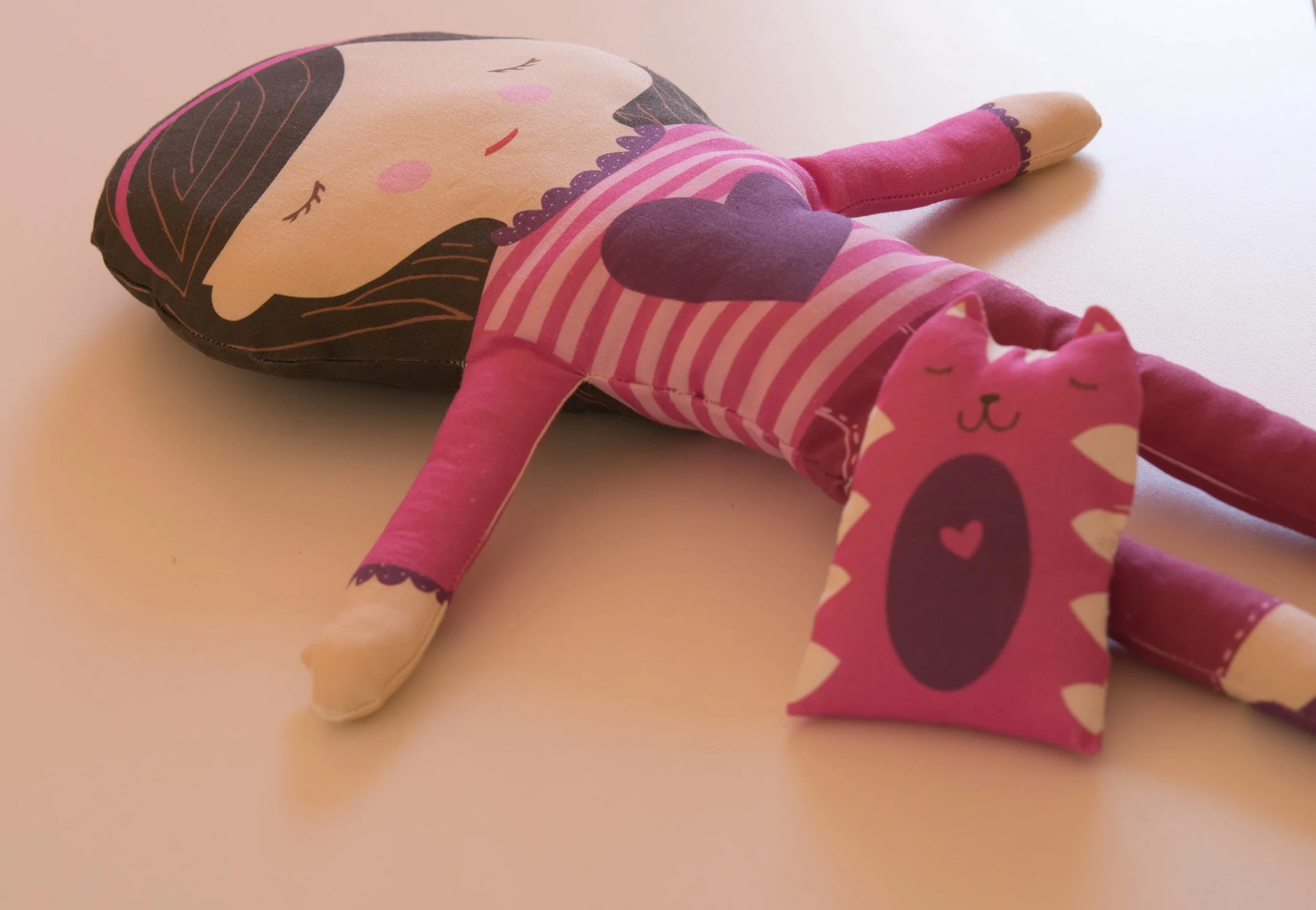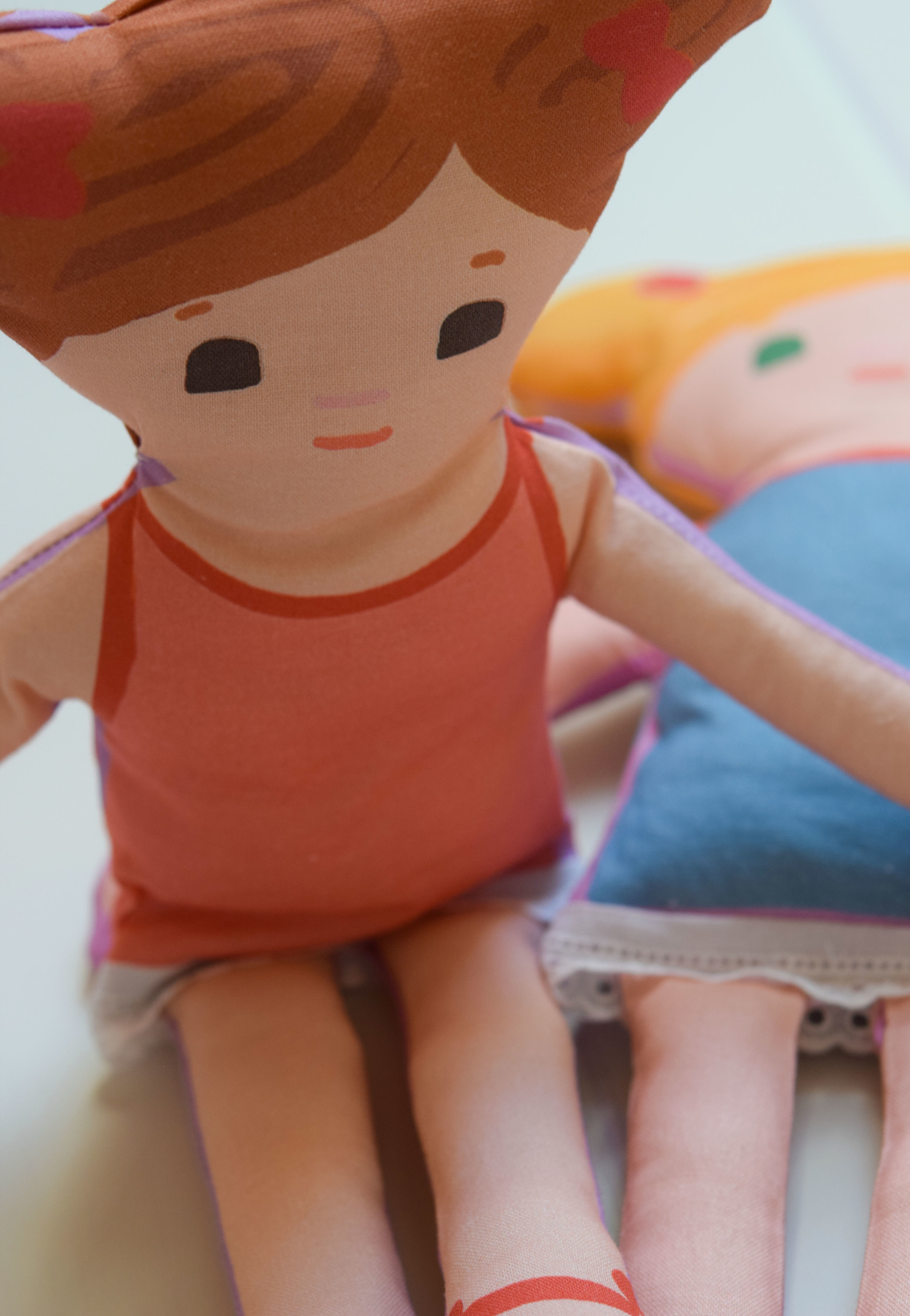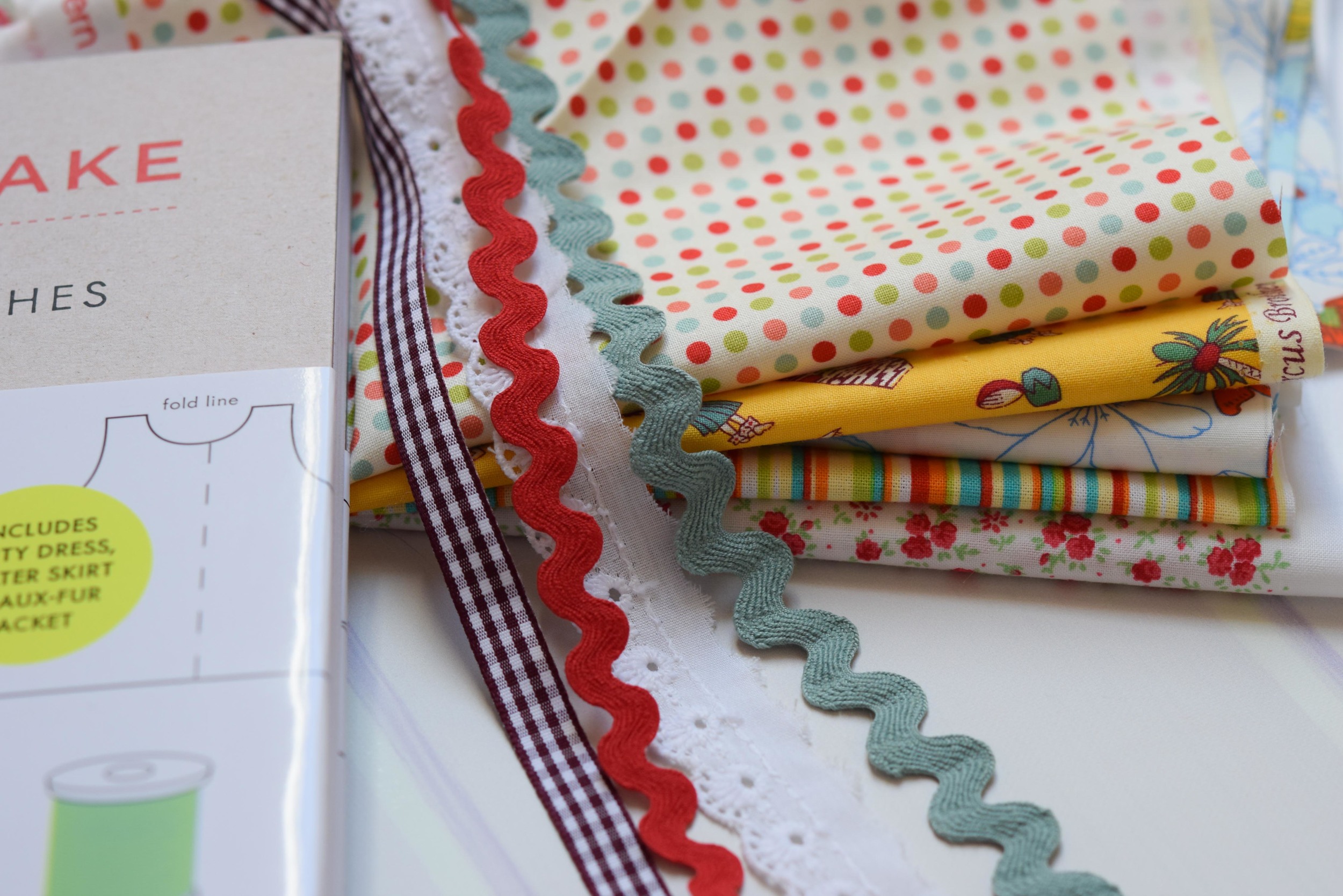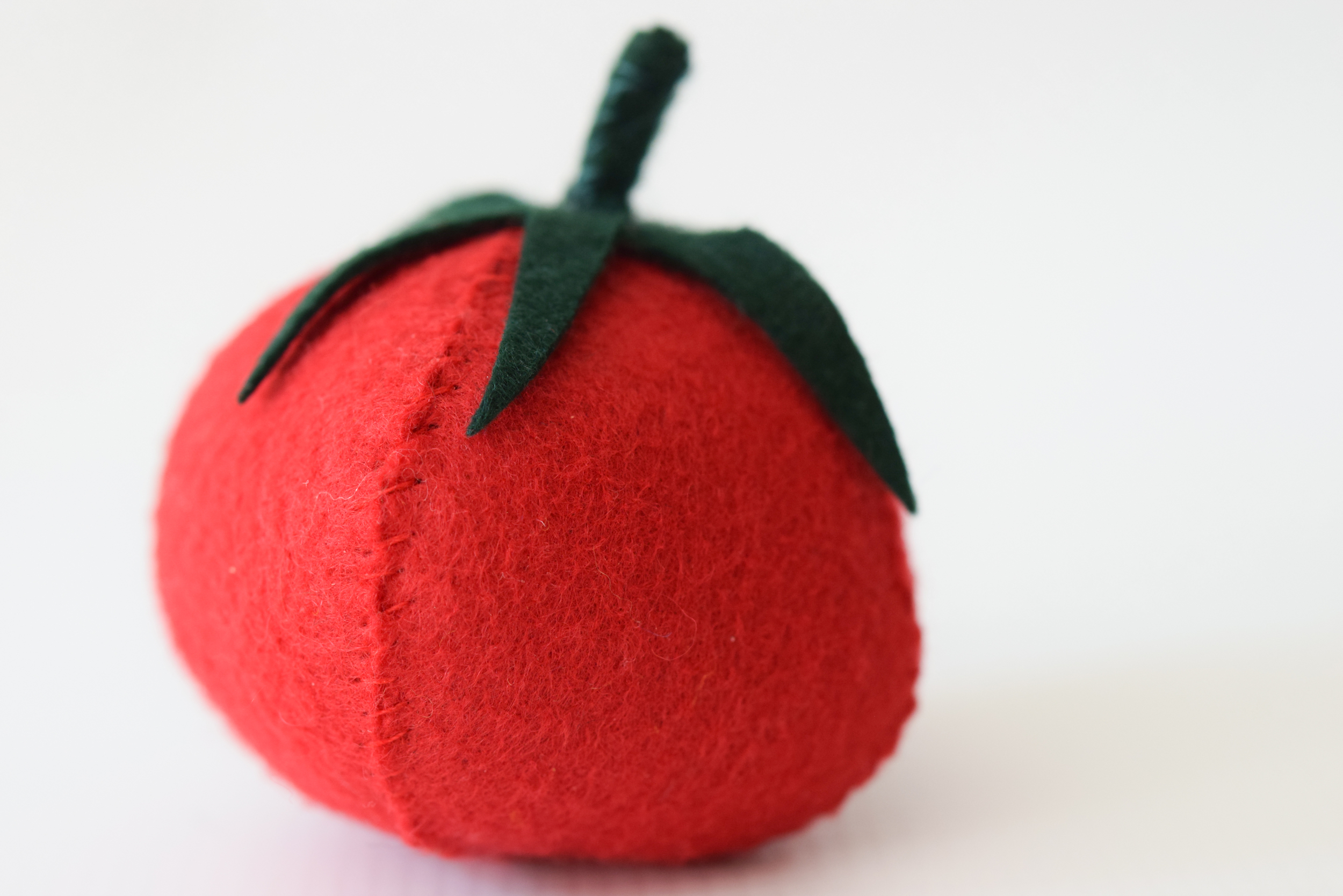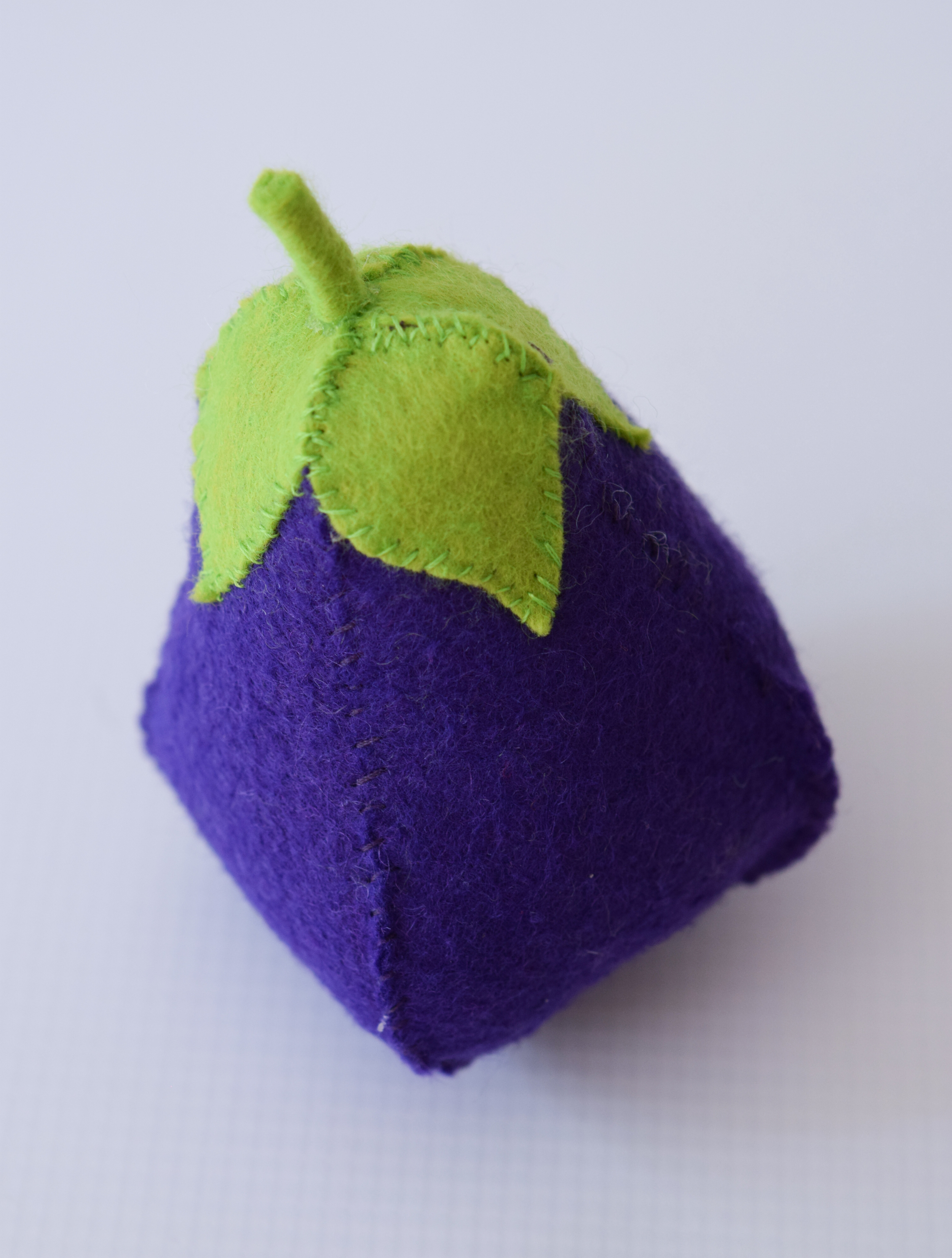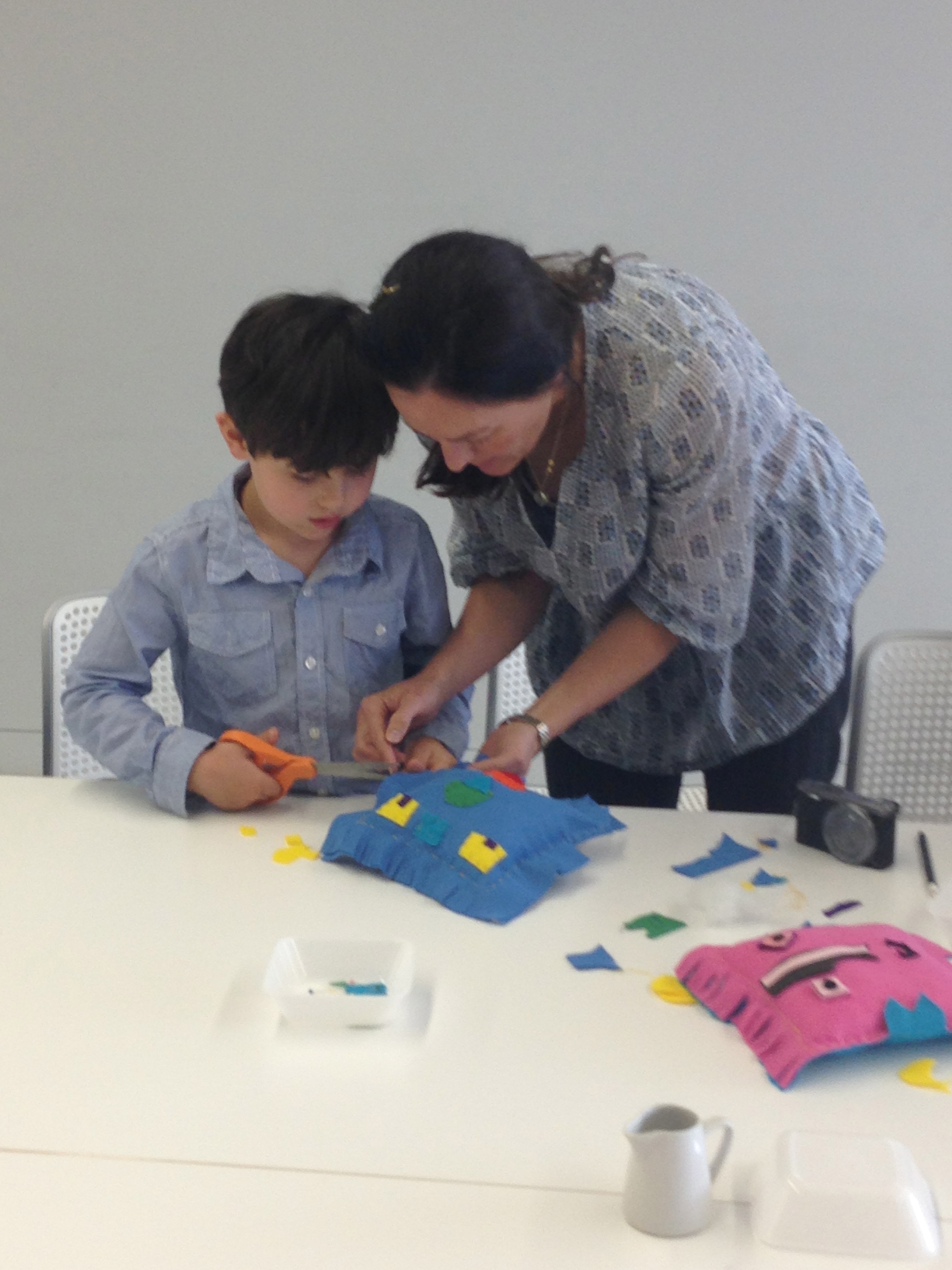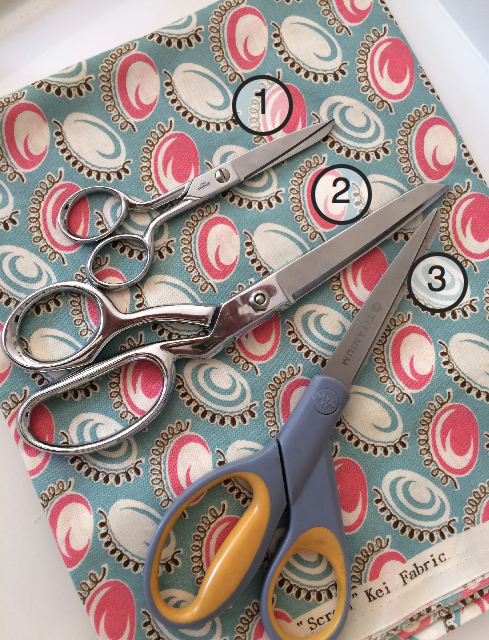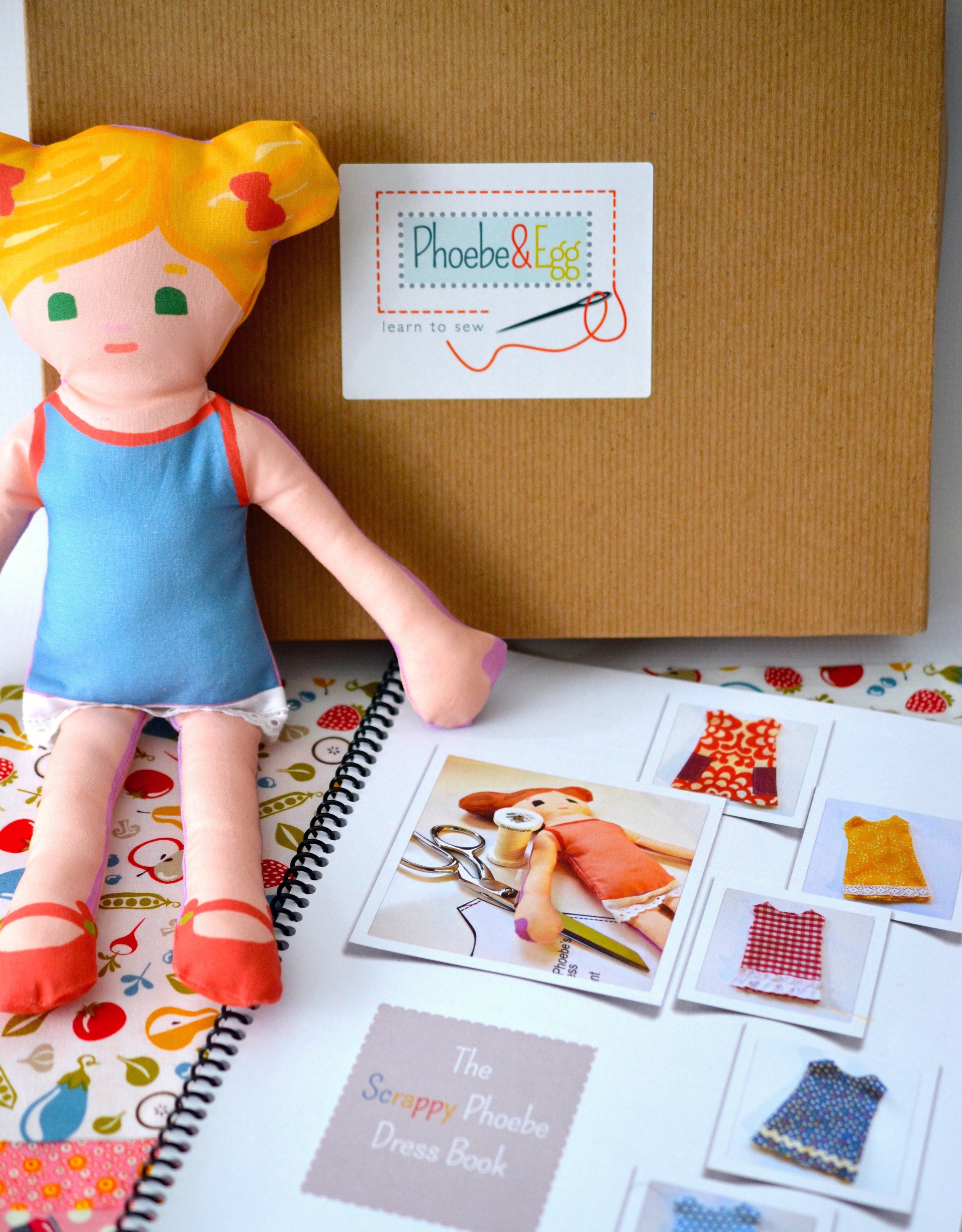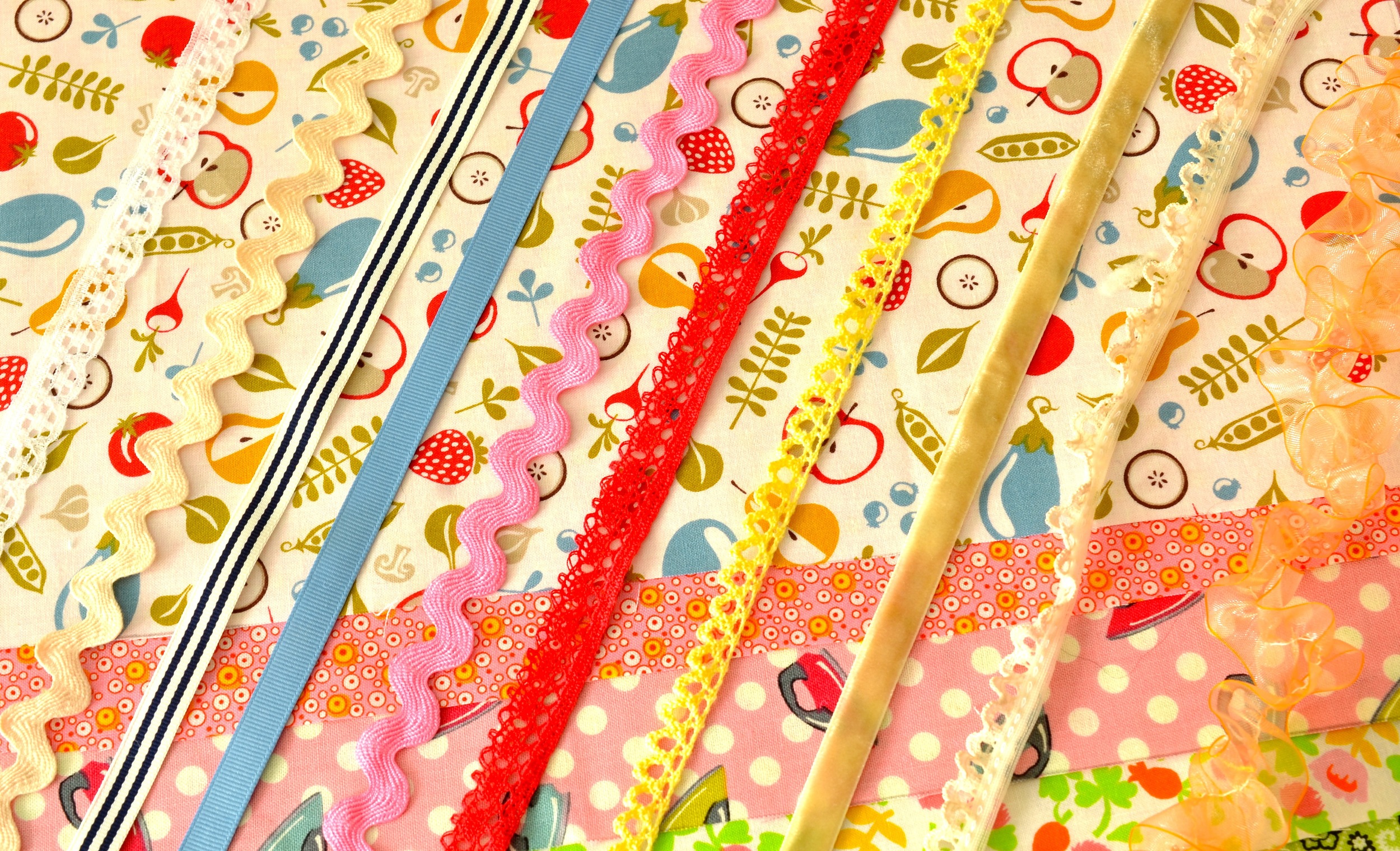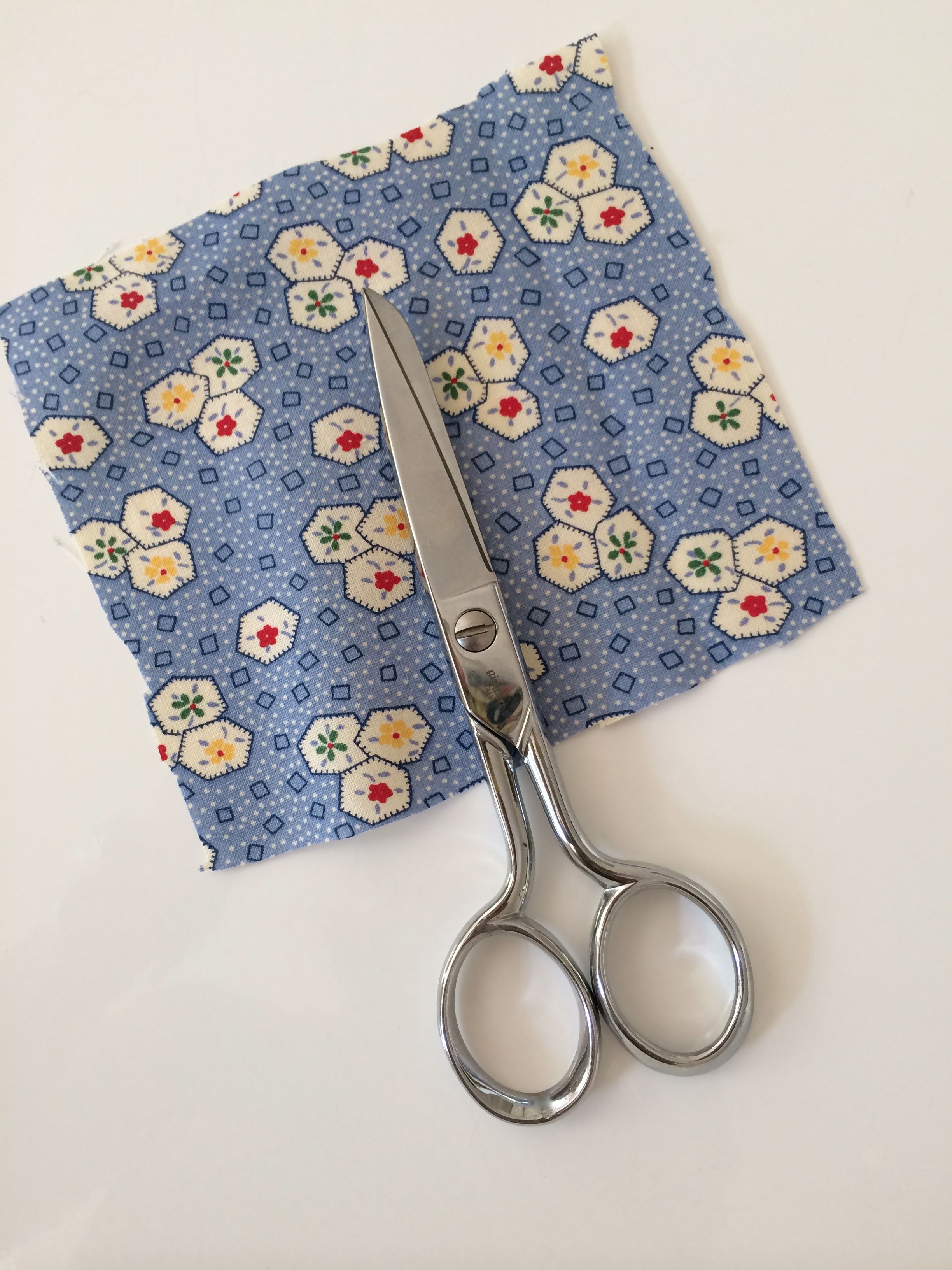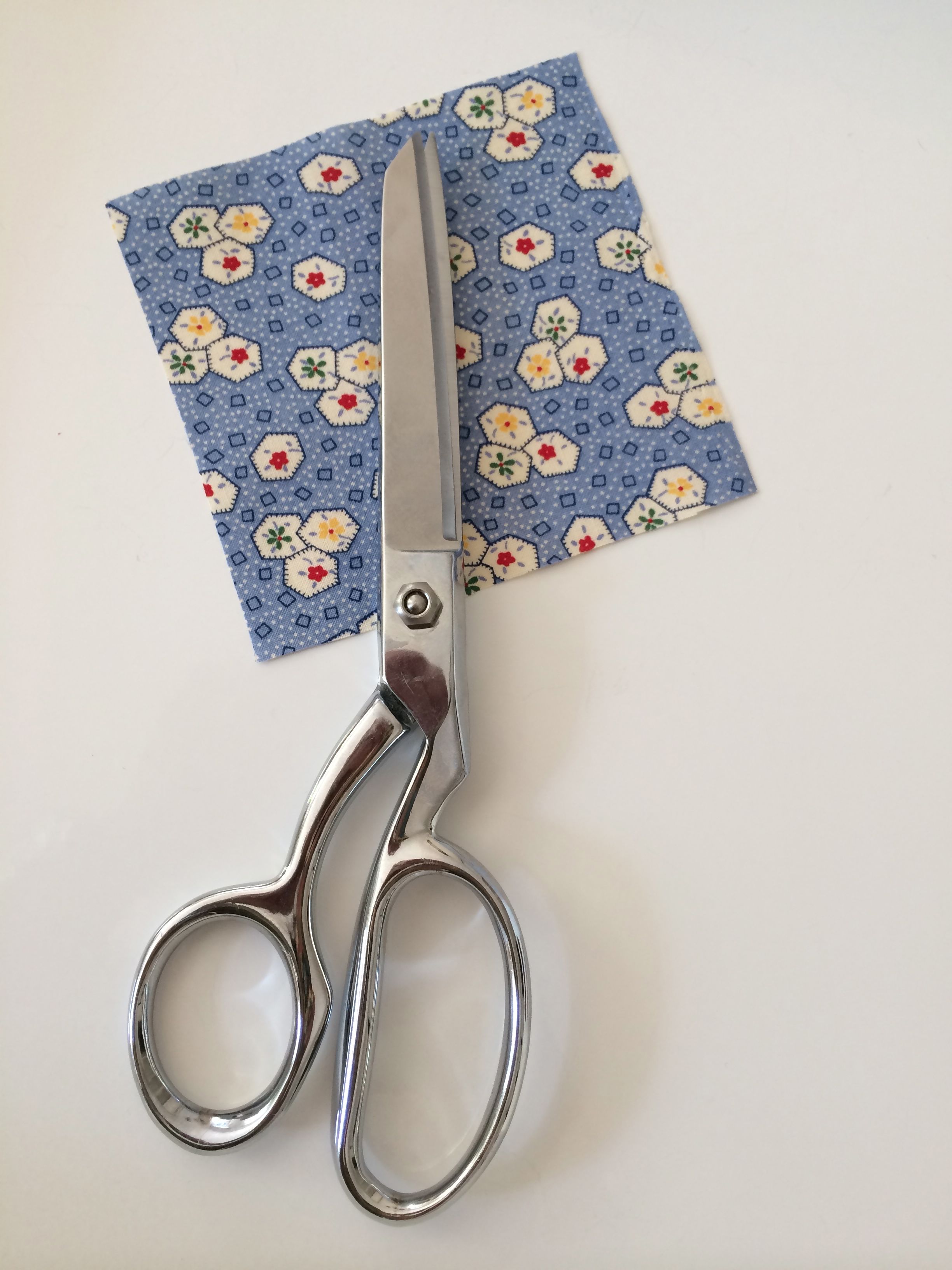One night scrolling through Instagram, I noticed the cute projects that Trixi Symonds uses to teach children to sew. I had spent the week teaching two girls to sew on the machine and had struggled with the hand sewing aspect. This was her specialty. So, I reached out to Trixi, who blogs at Colouredbuttons.com. Both her blog and her book "Sew Together, Grow Together" have great hand sewing projects for kids.
We thought a collaborative post would be a great way to bring our different skills together. Today is the first in a series. On her blog I discuss five things to think about before letting a child sew on the machine.
And Trixi has written five things to think about when teaching a child to hand sew:
My youngest daughter’s name is Yiscah. She first started sewing when she was three. I vividly remember how she used to peek into the room whenever I was teaching a class so she could watch the older girls sew. After every class she’d ask me why she couldn’t join in. Being the wise parent, I told her that she was too little just yet but she always insisted she wasn’t. One day I decided to let her sew something simple and to my surprise, she did a pretty good job… and she altered forever my ideas about when a child can begin to start sewing.
I still find people who believe, as I once did, that children have to be a bit older before they start sewing. Not true. So here are some tips to help you maximize enjoyment and minimize problems when your child begins sewing at a young age.
1. Getting Them Excited
There are lots of ways to get your child excited about sewing. Showing them a book of projects and letting them choose what they wish to make is always a good idea … as is letting them choose their fabrics and the colors of their embroidery floss. The basic rule here is simple: the more they do by themselves, the more they’ll enjoy it.
Even if they can’t manage the sewing on a project they’ve chosen, just watching Mum involves them more deeply than we might suspect and is a sure way to ignite their desire to sew something all by themselves.
